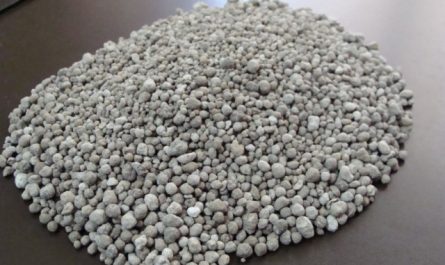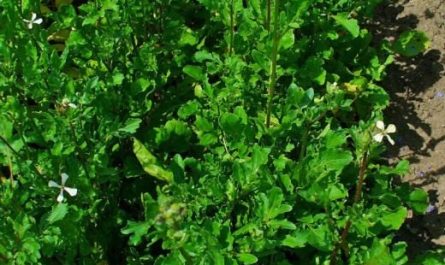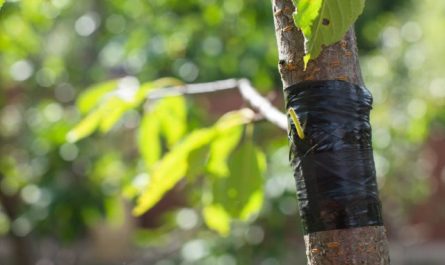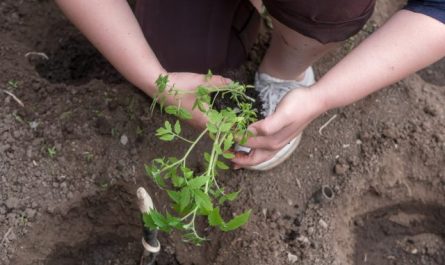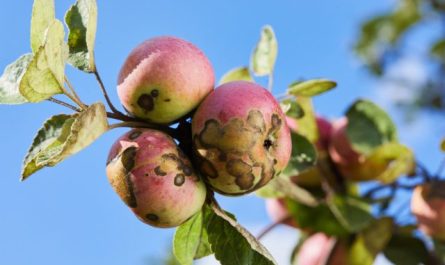It is no secret that the basis of a high yield is high-quality seed material. Potatoes are no exception to this rule. In order to collect a solid volume of tubers from the garden, it is necessary to carefully prepare for planting in the spring, and most importantly, correctly. However, unfortunately, most gardeners, fulfilling the conditions for preparing potato seed material for planting, forget that there are scientific methods of approaching the culture and repeat the mistakes that they got from friends, neighbors or by inheritance, from grandparents. And the main one is associated with dividing the tuber. But it is this method that we resort to most often, in an effort to increase the planting area.

Common methods of dividing a tuber
Modern literary sources offer many ways to increase the planting material of potatoes. Some of them teach to plant cut eyes in the soil, others – grown sprouts, others – to make a stimulating cut on the potato, others – to divide the bush in half. Each of them has a right to exist, but in most cases their effectiveness is poorly studied and often does not correspond to the declared indicators. This is explained quite simply – the potato tuber has its own biology and potential embedded in it, an illiterate approach to which creates the illusion of success, but not the success itself.
Let’s look at a potato
If you look closely at a potato tuber, you can easily notice that the eyes are unevenly distributed. The base (the place where the tuber was attached to the mother plant by a stolon) is practically devoid of them, but the top is simply strewn. Thus, if we divide the tuber across, and this is exactly what most of us do, one part is saturated with dormant buds, and the other is depleted. You must admit that such planting material can hardly be called high-quality. It follows that in order for both halves to have the same potential, the potato tuber must be cut lengthwise rather than across when dividing.

In addition, the top of the potato has a high concentration of auxins (plant growth stimulants), while the opposite end has inhibitors (growth retardants). This is confirmed by a simple rule that everyone can observe – the first buds to wake up on the tuber are those located directly at the top, then further, further, and finally, the buds at the place where the stolon was attached often never wake up. This once again confirms that only longitudinal division of the tuber is biologically correct.
A little more about this technique
With such a competent method of dividing the tuber, it is better to select for planting not small or medium potatoes, as our grandmothers did, but rather large ones, with a characteristic shape for the crop and a clear visual absence of diseases and damage. Before starting the process, the potatoes must be kept for 10 days in a dark but warm room. This will weaken the growth inhibitors (inhibitors) and push the buds to awaken. The division process itself is best carried out in a room with a comfortable temperature and relative humidity of about 90 – 95%. The tools allocated for the work must be carefully sterilized.

To achieve the best results, the cuts of the divided tubers are treated with a mixture of ash and cement, in a ratio of 5 x 1. This not only protects the planting material from infection, but also stops moisture evaporation, preserves the wound substances embedded in the potato by nature. Seed material treated in this way can be planted in three hours.



